Patterns
Kits
sundries
knitting tools, buttons and notions, project bags and other pleasing little things
knitting tools, buttons and notions, project bags and other pleasing little things
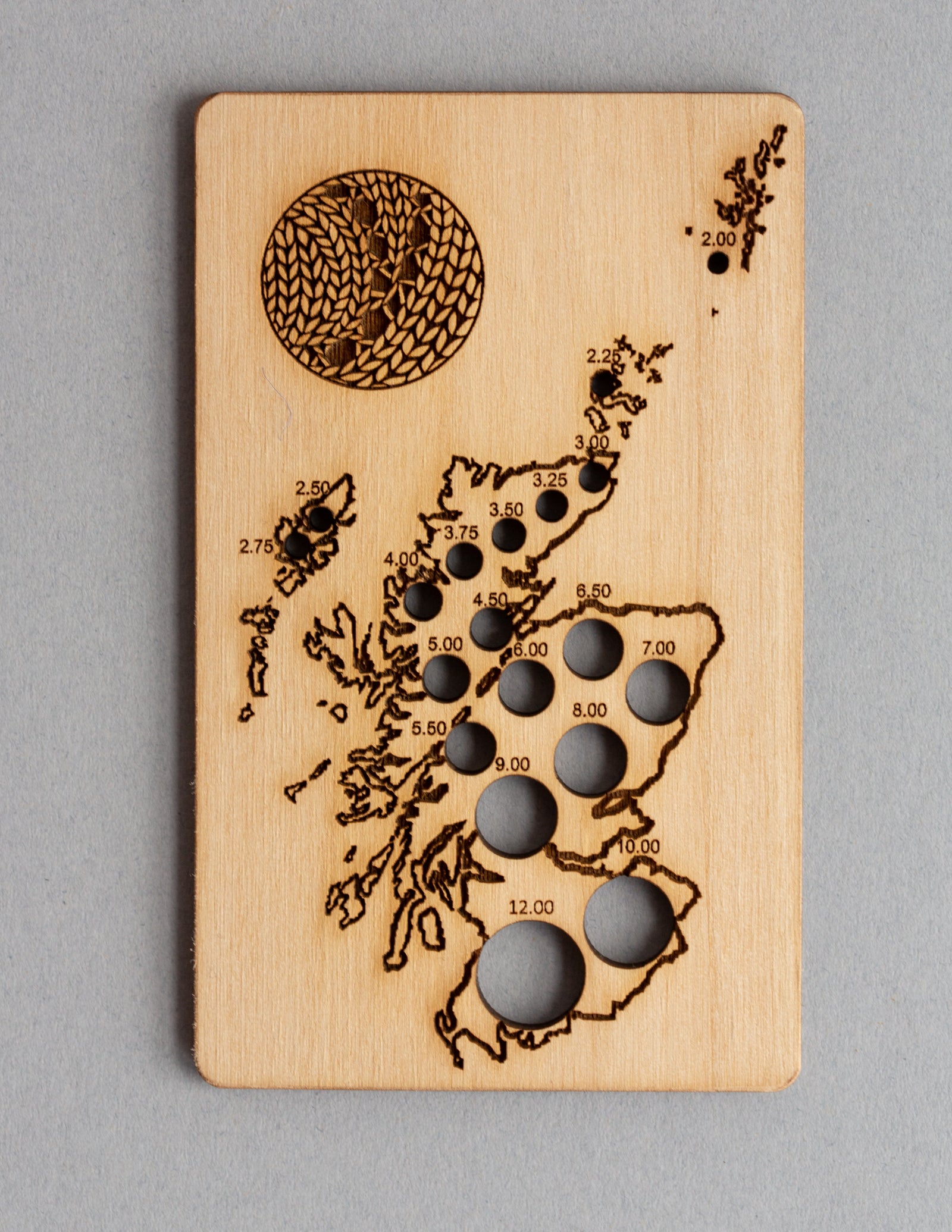
Exclusive Scotland needle gauge by Katrinkles
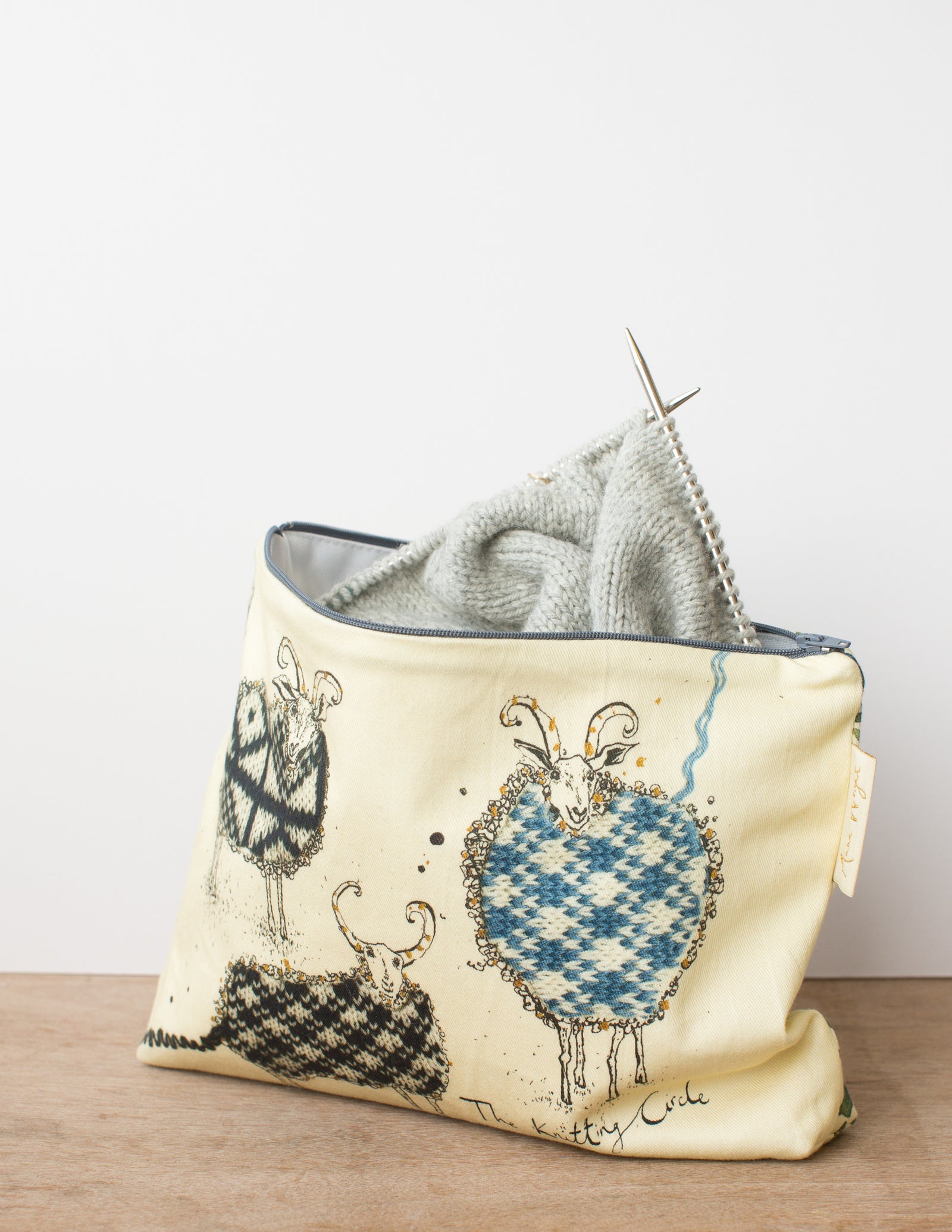
Zippered pouches in two sizes by our studio neighbour Anna Wright
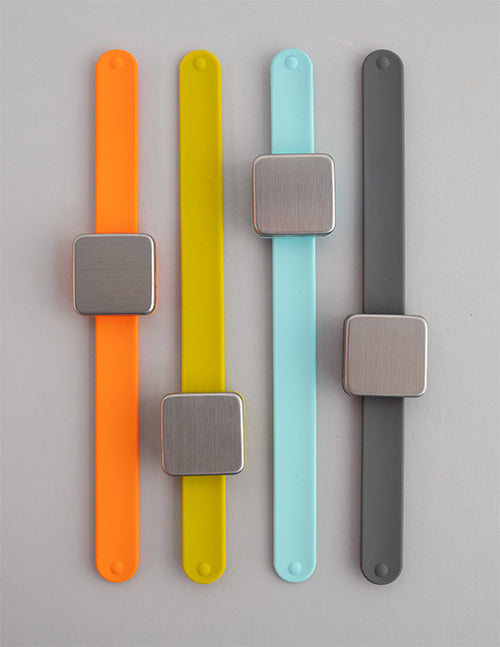
keep small tools accessible with the Maker's Keep
gift 2019
Subscribe to our Colourwork Club for a gift that lasts well into the new year. Your recipient will receive a new colourwork kit in Janurary, February and March
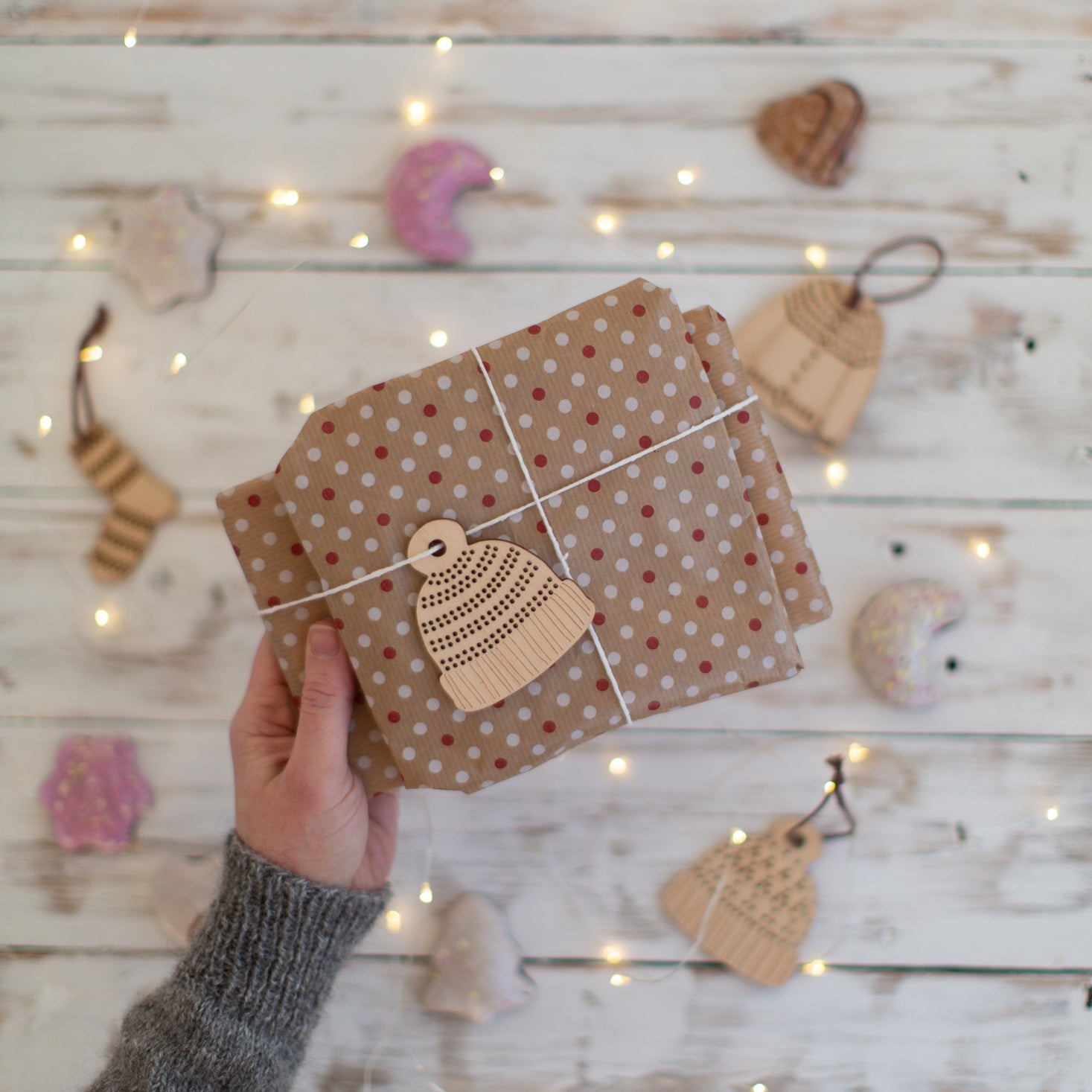
Subscribe to our Colourwork Club for a gift that lasts well into the new year. Your recipient will receive a new colourwork kit in Janurary, February and March
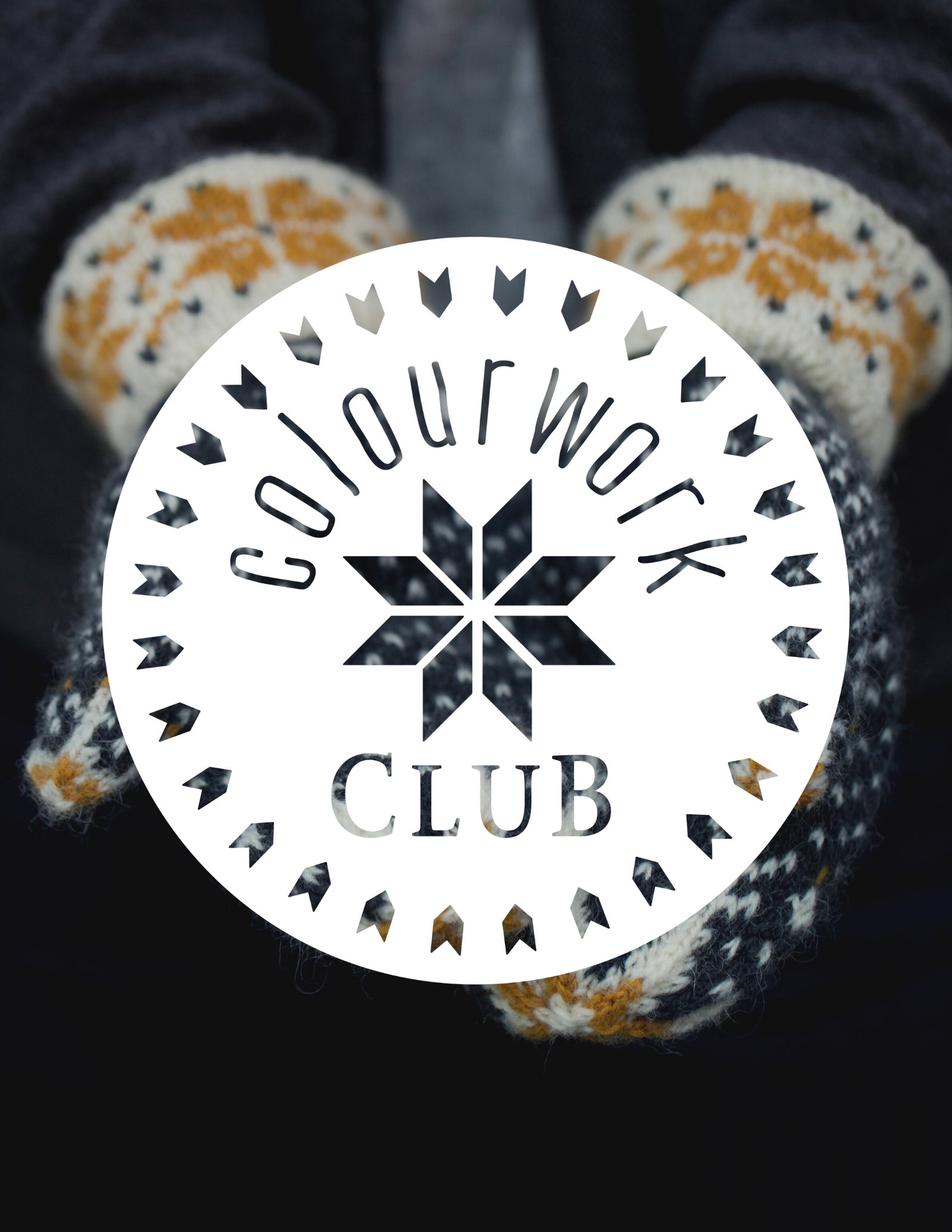
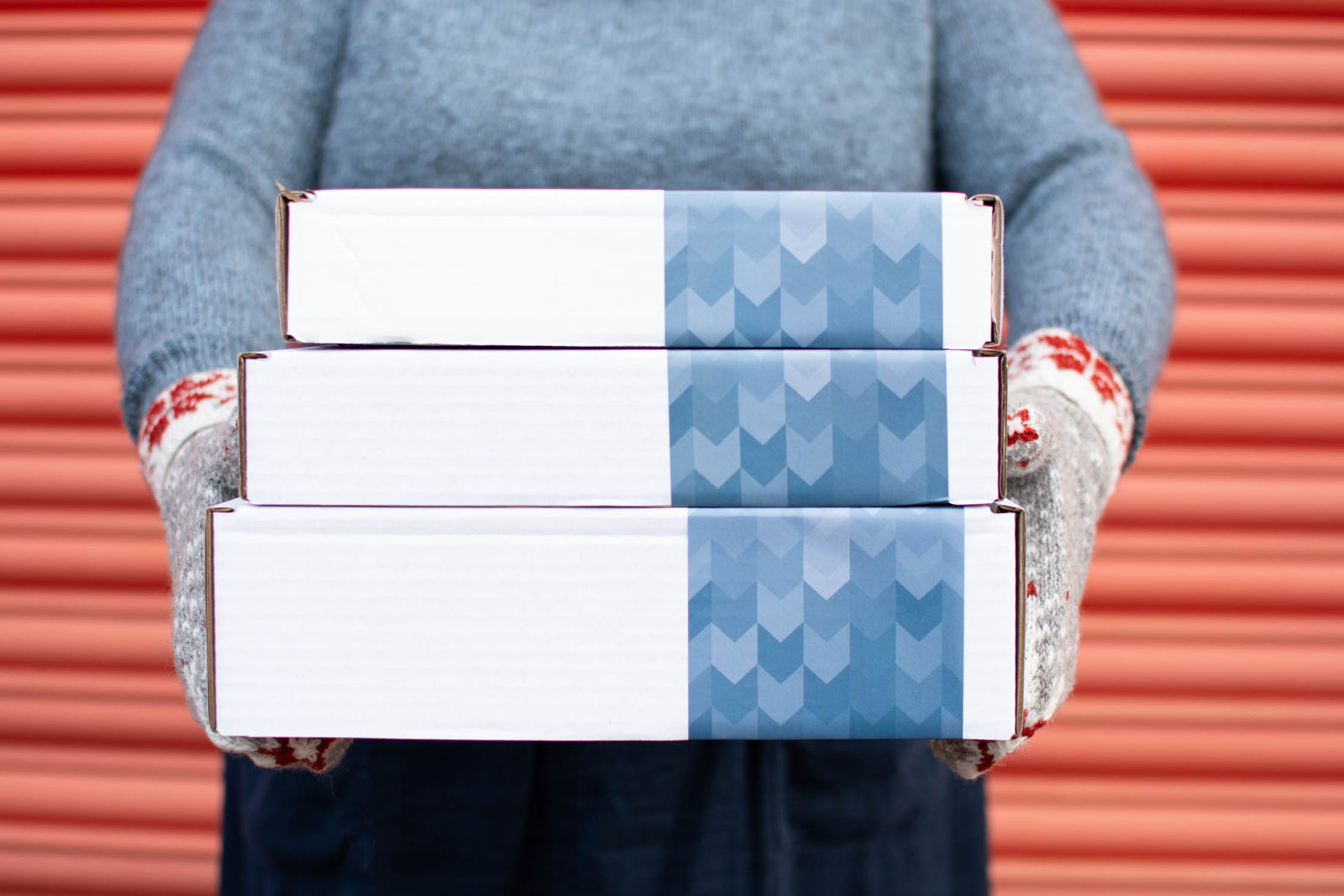
Last minute shopping? Gift cards are delivered electronically - forward the email or print it for your recipient. A range of amounts are available and gift cards don't expire.


An interview with...Meri of amirisu
November 06, 2020
We always look forward to a new issue of amirisu arriving, and the Issue 21 has been a delight to spend time with. It's a magazine with a beautiful aesthetic, filled with inspiration in texture and colour and projects from some of the amirisu team's favourite designers from Japan and abroad.


We wanted to talk to Meri more about the theme of the new issue, and what it means to create an ethical business with sustainability in mind. We were delighted that she was able to have a conversation with Ysolda where they were able to explore this important topic and she started by asking what made them choose the focus of sustainability for this issue.
Meri: I studied Environmental Economics and City Planning when I was in college, so sustainability has been my big interest all along. When we first started our business we didn’t know how we could integrate that concept and we were too focused on trying to get by, we didn’t have enough people to handle everything and were too busy. But this year since we couldn’t travel at all, I’ve had more time to reflect and think about what it is that we really want to do through our business. One of those things was how we can improve our sustainability. Not just environmentally, but culturally, in business and relationships.
Ysolda: Could you tell me just a little bit about the companies that you interviewed in this issue?
Meri: Nomadnoos is a company based in Switzerland that we met at H+H in Koeln. They’re the first company that caught our eye and they make incredibly beautiful yarn which is all handspun. The owners’ story is really special and we want to support what they’re doing, so we’ve been purchasing their yarn and also their crowdfunding programmes. The other company is Woolfolk. They make beautiful yarn and patterns and the more research I did about where their wool is coming from and about Ovis 21 the more I became interested in the idea of not just sustainability but regenerative line management. It’s really incredible, so I really wanted to let people know the possibility of this in the wool industry.
Ysolda: Yeah, it’s great to think that through knitting you can make such a big difference to both people and to the earth and I really relate to you about having time to reflect on this year and make changes. And with that time to reflect, what changes are you making? Not just with the magazine, but also with your two brick and mortar yarns shops?
Meri: We have those spaces to try to bring people together and since this year we couldn’t do that we decided to close one of our shops and wait for a year or two until we can reopen. One of the things that I realised this year is that you can knit alone, but knitting is really about bringing people together and it’s not just making craft - it’s a whole wonderful process. What we love about knitting is how we can meet people and learn more about the world as well as how people make things. We’re also trying not to buy yarn with any synthetic content. This can be difficult because many sock yarns have some nylon which we know is a small amount, but we believe it’s important. It’s been a challenge, but little by little we have been trying to encourage yarn companies to carry 100% wool sock yarn.
Ysolda: That’s great that you’re not just changing what you stock but you’re also trying to encourage the yarn companies to produce more natural fibre yarns. I know you produce the magazine and you run the business with your business partner Tokuko and with so many different decisions to make how do you handle working together? Do you each have a separate focus, or do you discuss everything?
Meri: We pretty much discuss everything but I’m not a really organised person. I’m better at making things, like magazines, designing small products or a shop and making stitch patterns. Tokuko keeps telling me that she doesn’t really like to organise and keep track of everything by herself, but she’s definitely better at it than me. So, she handles all the administrative things and accounting. These things are so important and now that we have more staff she doesn’t have to do everything by herself, but she still manages that aspect of the businesses. So, I think we’re really well balanced. I’m responsible for purchasing and the creative side of the business.


Ysolda: You’re about to release the 21st issue of amirisu, and I think we first met right before your first issue was published. I remember that when we talked back then you were very motivated to create a magazine that was something that no one else had done before in Japan, and that had an international outlook but also centred on Japanese knitting. How would you say your goals or your priorities for the magazine have changed over those 21 issues?
Meri: Back when we first met I was still working full time and the magazine was my life work, but not my day job. I wanted to create a magazine so that people could learn about Japanese knitting and also help Japanese knitters learn about the world. But now that we have a company and we print and sell a magazine, my primary focus is to make something worth printing and worth selling, and for people to feel that it is worth buying and keeping, so we put more effort into other creating other content than just patterns.
Ysolda: I really love all of the additional content, the interviews and the articles that are in amirisu, and it’s a periodical magazine as it comes out twice year. I don’t have a lot of time for knitting patterns, but I’ve kept all of the issues and find they’re still inspiring to read and to look through, so I think you’ve definitely achieved that.
Meri: Thank you so much. We create a lot of patterns ourselves and have found it’s helped us to become better knitters and better at writing patterns, as well as keeping up to date with trends. It’s also really helping us in our business, not just selling yarn but also making patterns. I think that make us really unique in the market.
Ysolda: I think it does. And for this issue you asked me to write a little bit about my design process for Ishbel, which was fun because we’ve been revisiting some older patterns ourselves. It was nice to be asked to reflect on that and it got me thinking about your creative process for the magazine. Could you tell me a bit more about that creative process for you?
Meri: The first thing we do with the magazine is create a mood board, to come up with the new look and inspiration that designers can use for their own design. For this issue I started with making a concept for the theme for the magazine, which is natural wool and where it comes from. Based on that I created a mood board for the designers so either one of those always is the start. And then I spend months thinking about what we actually do, and details like which shop to feature and who to interview. And separately Tokuko is in charge of making all the patterns. We are constantly working on and thinking about the next issue. When I travel, I get new ideas and meet new people who inspire me.
Ysolda: Where have you been going for inspiration right now when you can’t travel? Has that been hard? Or have you found alternative inspiration closer to home?
Meri: This past year we’ve been talking about what to do for the next issues. As travelling is difficult I think we will try to focus more on Japan and maybe revisit some of the traditional textile places. It should be really interesting.
Also in Journal
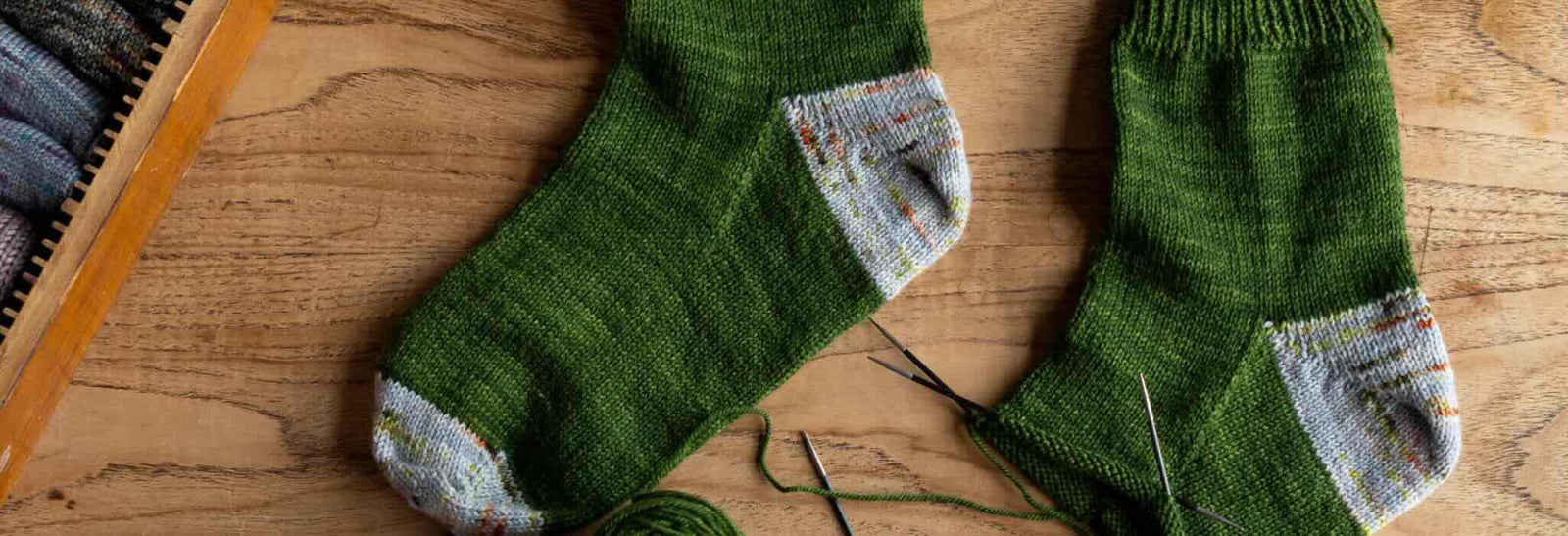
Deep Shadow Heel Tutorial
September 25, 2025
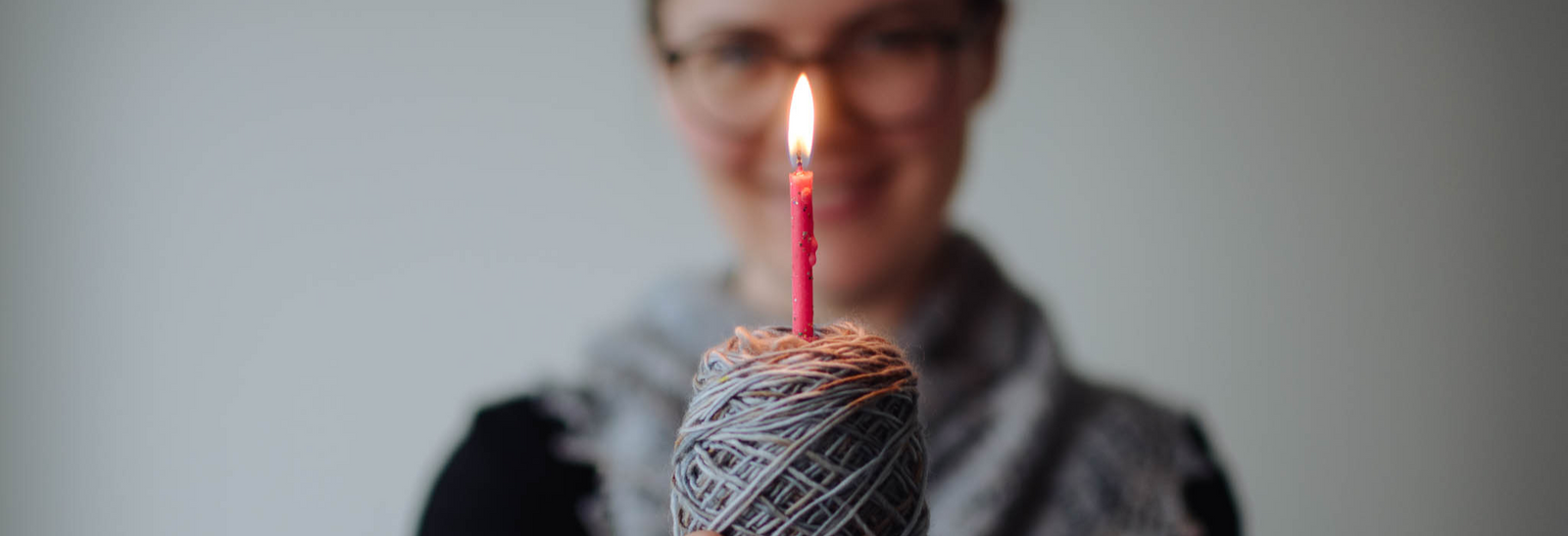
20 Years of Ysolda Knitting Patterns: Part 2
June 23, 2025
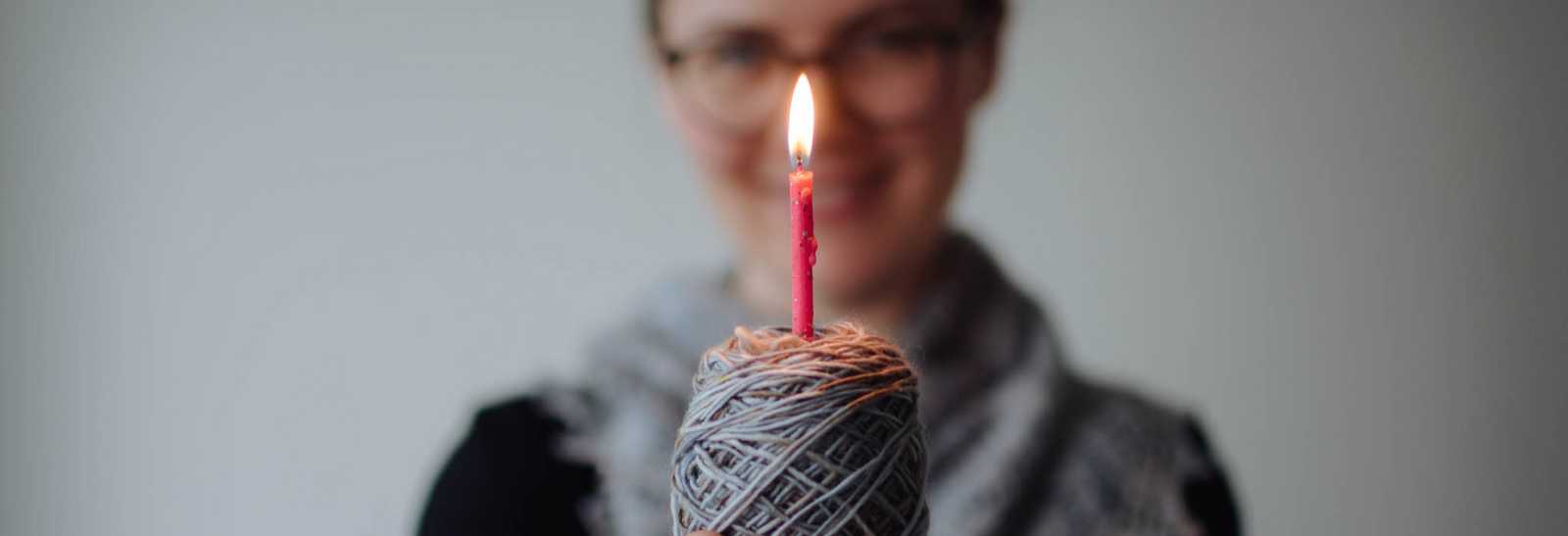
20 Years of Ysolda Knitting Patterns: Part 1
June 19, 2025
Recent Articles
-
Deep Shadow Heel Tutorial
September 25, 2025
-
20 Years of Ysolda Knitting Patterns: Part 2
June 23, 2025
-
20 Years of Ysolda Knitting Patterns: Part 1
June 19, 2025
-
Learn to Knit: Mattress Stitch
March 29, 2023
-
How to Knit a Scarf: A Beginners Guide to Scarf Knitting
March 23, 2023
-
Learn to knit: the long tail cast-on
February 03, 2022
-
How to Graft Your Knitting
December 09, 2021
-
Crochet Provisional Cast-on
December 02, 2021
-
Learn to knit: How to knit in the round with double pointed needles
November 25, 2021
-
Learn to knit: How to knit in the round using the magic loop technique
November 25, 2021
Free resources
-
KALS, step-by-step pattern guides and free patterns
Learn brioche with the free Daniel's Hat pattern
Tombreck - a free chevron beanie pattern
Working the brioche neck detail on the Polwarth sweater
Installing a zipper and ribbon, finishing wee Carson
Yarn colour ideas for Threipmuir sweater
Additional colourways for the Joy mitts (choose your pride flag)
How to join the shoulders on Wardie
How to join the pockets on Granton and Wardie
Finishing Resources for Granton
Broughton mittens tutorial part 1
Broughton mittens tutorial part 2
Broughton mittens tutorial part 3
Basics
Casting on
Decorative Channel Island Cast-on
Binding off
3 Easy Stretchy Bind-offs (p2tog bind-off; k2togtbl, k1 bind-off; Jeny's surprisingly stretchy bind-off)
Tubular Bind-off for brioche stitch
Increasing
Paired increase methods compared
How to continue in pattern while increasing and decreasing
Decreasing
Brioche stitch double decreases
Knitting in the round
How to Knit in the round using Magic Loop
How to Knit in the round using DPNs
Short rows
Swatching and gauge
Tips and tricks
Avoiding ears when binding off
Tighter purl stitches for neater cables and ribbing
Cabling without a cable needle
How to knit more symmetrical yarn overs
Bust darts in sweaters with all over stitch patterns
A magic formula for evenly distributing shaping
Superwash v Non-Superwash Wool
Picking up sts from the middle of the fabric
Reading knitting patterns
Understanding "continue in pattern"
Help! Where am I in my knitting project?
Using charts, even if you hate them
Finishing
Garment knitting
Joining the body and sleeves on a seamless bottom up sweater
Sizing
Ysolda’s sizing chart for knitwear designers
Inclusive garment knitting
How to pick a garment without a model for you (specifically addresses finding garment patterns when your gender identity isn't represented and the styles you want to knit might not be sized to fit your body)
How does ease affect inclusive size ranges?
Specific stitch patterns
Lace
Identifying and fixing mistakes in lace knitting
Colourwork
Getting started with stranded colourwork
Understanding colour dominance
Working stranded colourwork over small circumferences
Decreases in stranded colourwork
Holding the yarn for stranded colourwork
Ladderback Jacquard (a neat way to deal with long floats)
Cables
Cabling without a cable needle
Cabling without a cable needle on the wrong side
How to knit cabled decreases
Closed ring cable increases and decreasesBrioche
How to work brioche stitch in the round
Other crafts
Cross stitch
How to begin your first large cross stitch project
How to finish a cross stitch project with an embroidery hoop frame
Mending

Sign up today
Find out the latest news from the studio such as sales, pattern releases, and new workshops or KALs our learning community, The Knitwork. We also share helpful tips and exclusive subscriber discounts...




